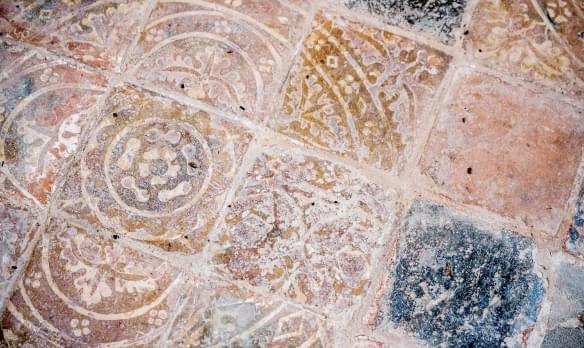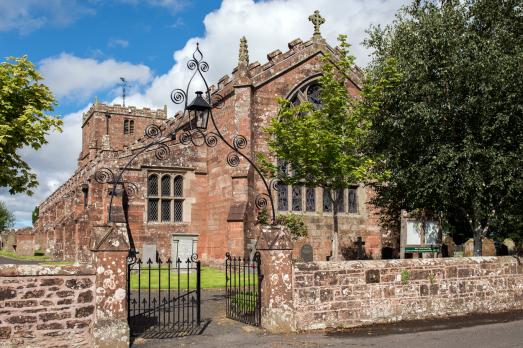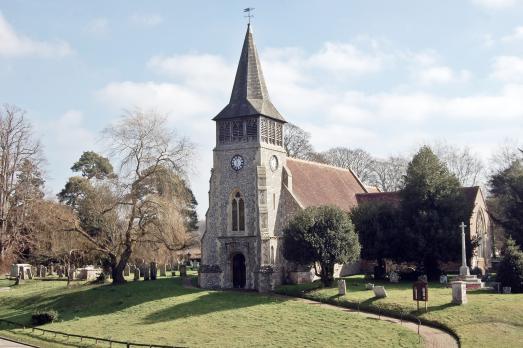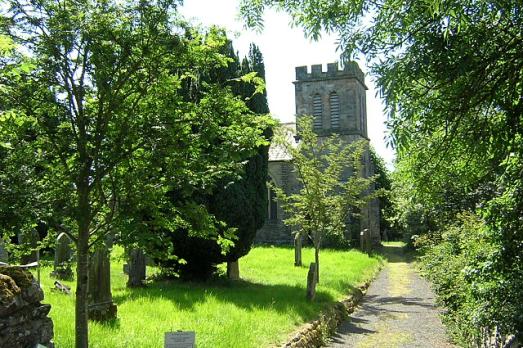
St Christopher
Lympsham, Somerset | BS24 0DT
St Christophers stands boldly and majestically in the Somerset skyline and can be seen for miles all around the Somerset levels.
Search for a fascinating place to visit, or see the variety of churches, chapels and meeting houses we have supported.

Lympsham, Somerset | BS24 0DT
St Christophers stands boldly and majestically in the Somerset skyline and can be seen for miles all around the Somerset levels.

Ticehurst, Sussex | TN5 7AB
Records from the 12th century mention a church at Ticehurst, but the present building is thought to have been built by Sir William de Etchingham after completing nearby Etchingham church in the 1370s.

Donhead St Andrew, Dorset | SP7 9EB
Situated in the valley beside the river Nadder, there has been a church here serving as a centre for Christian worship for at least a thousand years and it is believed that the first church may have been built soon after the founding of Shaftesbury Abbey in about 875.
We have supported this church

Hadlow Down, Sussex | TN22 4HY
St Mark’s Hadlow Down was consecrated in 1836, and rebuilt just before the First World War.

Arthuret, Cumbria | CA6 5SJ
The church of St Michael & All Angels is situated on a hill in the ancient parish of Arthuret and overlooks the market town of Longtown with fine views of the surrounding countryside.

Brynamman, Carmarthenshire | SA18 1BT
There is always a warm welcome for anyone at St Catherine's church, Brynammam.

South Boarhunt, Hampshire | PO17 6HP
This Saxon church has changed very little since it was built sometime before 1066.

Longframlington, Northumberland | NE65 8DL
St Mary's dating from 1190, has a fine Norman chancel arch as well as good Victorian stained glass and a carved altar and font cover from the early 20th century.

Wickham, Hampshire | PO17 6HR
A beautiful. intimate and friendly church, where we aim to bring people closer to God and to each other.
We have supported this church

Southampton, Hampshire | SO19 7GZ
Pear Tree Church in the ocean city of Southampton is the oldest Anglican church in the world, being the first church built and consecrated after the Reformation.

Rockbourne , Hampshire | SP6 3NN
The church, which has some Saxon features, has been at the heart of the community for over 900 years.
We have supported this church

Falstone, Northumberland | NE48 1AA
A quaint parish church which stands on an ancient site, a place of hope surrounded by beautiful Kielder Forest.